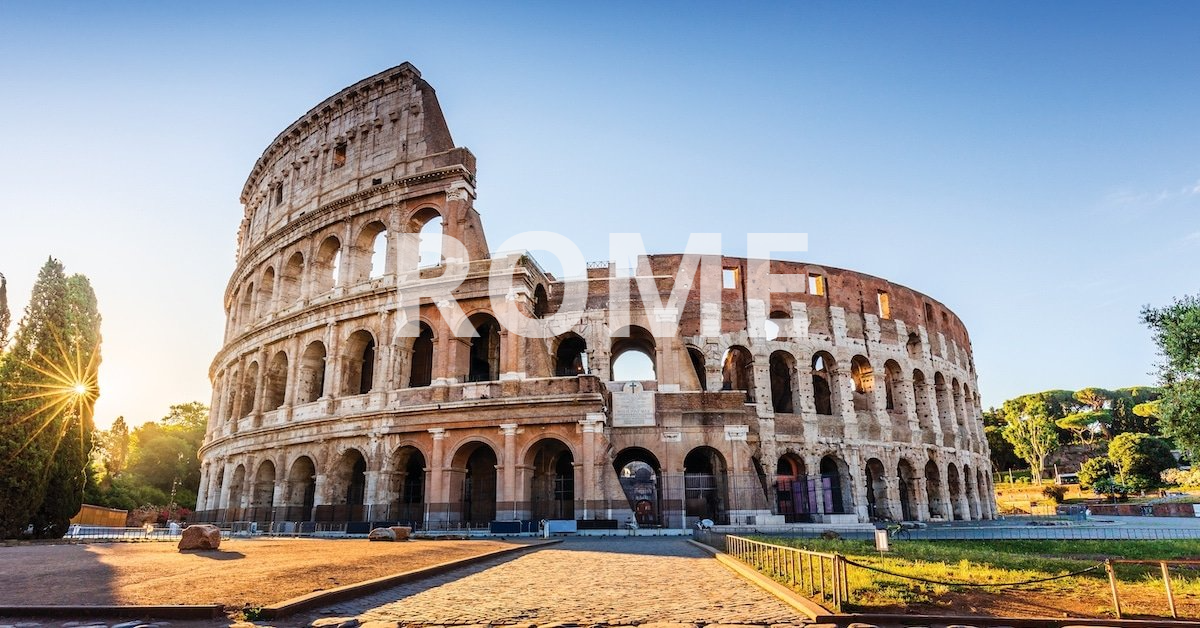Rome, Italy
Rome, Italian Roma, historic city and capital of Roma provincia (province), of Lazio regione (region), and of the country of Italy. Rome is located in the central portion of the Italian peninsula, on the Tiber River about 15 miles (24 km) inland from the Tyrrhenian Sea. Once the capital of an ancient republic and empire whose armies and polity defined the Western world in antiquity and left seemingly indelible imprints thereafter, the spiritual and physical seat of the Roman Catholic Church, and the site of major pinnacles of artistic and intellectual achievement, Rome is the Eternal City, remaining today a political capital, a religious centre, and a memorial to the creative imagination of the past. Area city, 496 square miles (1,285 square km); province, 2,066 square miles (5,352 square km). Pop. (2011) city, 2,617,175; province, 3,997,465; (2007 est.) urban agglom., 3,339,000; (2016 est.) city, 2,873,494; province, 4,353,738.
Character of the city
For well over a millennium, Rome controlled the destiny of all civilization known to Europe, but then it fell into dissolution and disrepair. Physically mutilated, economically paralyzed, politically senile, and militarily impotent by the late Middle Ages, Rome nevertheless remained a world power—as an idea. The force of Rome the lawgiver, teacher, and builder continued to radiate throughout Europe. Although the situation of the popes from the 6th to the 15th century was often precarious, Rome knew glory as the fountainhead of Christianity and eventually won back its power and wealth and reestablished itself as a place of beauty, a source of learning, and a capital of the arts.
Rome’s contemporary history reflects the long-standing tension between the spiritual power of the papacy and the political power of the Italian state capital. Rome was the last city-state to become part of a unified Italy, and it did so only under duress, after the invasion of Italian troops in 1870. The pope took refuge in the Vatican thereafter. Rome was made the capital of Italy (not without protests from Florence, which had been the capital since 1865), and the new state filled the city with ministries and barracks. Yet the Catholic church continued to reject Italian authority until a compromise was reached with Fascist dictator Benito Mussolini in 1929, when both Italy and Vatican City recognized the sovereignty of the other. Mussolini, meanwhile, created a cult of personality that challenged that of the pope himself, and his Fascist Party tried to re-create the glories of Rome’s imperial past through a massive public works program.
Since Mussolini’s fall and the traumas of World War II, when the city was occupied by Germans, politics have continued to dominate Rome’s agenda—although regionalism began, in the 1980s, to devolve some political power away from the capital. Lagging behind Milan and Turin economically, Rome has maintained a peripheral place within the Italian and European economies. It also has been plagued with perennial housing shortages and traffic congestion. However, the late 20th and early 21st centuries brought increased efforts to resolve Rome’s infrastructural problems and to foster a Roman cultural revival.
People of Rome
Since ancient times, to be a citizen of Rome has been a source of pride. Today there is still considerable prestige in being a Romano di Roma, or “Roman” Roman. Among such Romans are the “black nobility,” families with papal titles who form a society within high society, shunning publicity and not given to great intimacy with the “white nobility,” whose titles were conferred by mere temporal rulers. The inhabitants who consider themselves the most nobly Roman of them all are the people of the Trastevere (“Across the Tiber”) district. In ancient times, Trastevere was the quarter for sailors and foreigners, whereas the founding fathers eastward across the river were soldiers and farmers. From the Middle Ages a number of palaces there were the homes of powerful families.
Although the great majority of Romans are Catholics, the city also is home to a variety of other religious groups. Jewish people, for example, have lived in the city for thousands of years. Jews generally were not persecuted in Rome until the 16th-century pope Paul IV forced them into a ghetto (near Piazza Navona). Later popes carried on his anti-Jewish program. Except for brief respites under Napoleon I and the momentary Roman Republic of 1849, Jews were debarred from all the professions, government service, and landownership until 1870, when Rome was integrated into united Italy and religious persecution outlawed. Later redevelopment destroyed much of the ghetto, although some streets remain, and the position of some of the gates can still be seen.
During the 1930s and following World War II, Italians from all over the south and from rural Lazio arrived seeking work in the capital city. The population of Rome rose particularly rapidly in the 1950s and ’60s, from just over 1,960,000 in 1951 to more than 2,610,000 in 1967. Population growth then slowed, as many Romans moved out of the city proper and into other parts of Roma province.
Since the 1970s Rome has attracted a large number of immigrants from outside Italy. In the early 21st century foreign residents included many relatively affluent people from other member countries of the European Union (EU), particularly France, and from the United States. However, a significant proportion of the city’s immigrants worked in relatively low-paying jobs in the service sector; domestic work and retail trade were common occupations.
Most of these immigrants had arrived from the Philippines, Romania, Poland, Peru, Egypt, China, Sri Lanka, or Bangladesh. Others had origins in Morocco, Senegal, Albania, or Ecuador, among other countries. In the main, this immigration has taken place without too much friction, but the late 20th and early 21st centuries did see a rise in racism and violence directed against immigrants. Much of the tension centred on the world of football (soccer), but a sense of unease about immigration was widespread.
Source:







